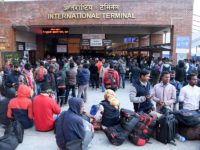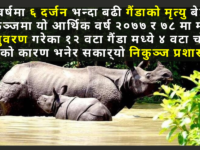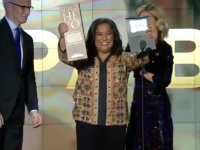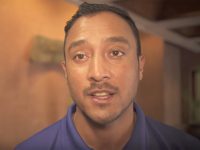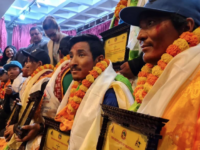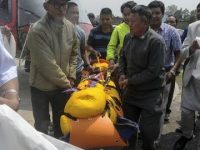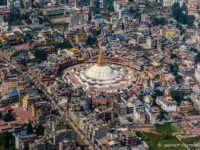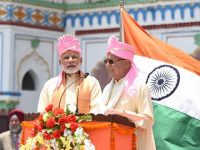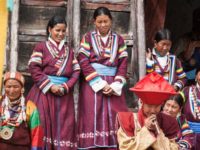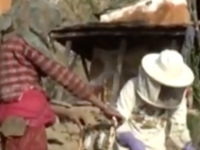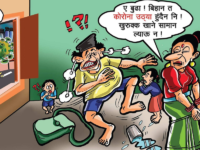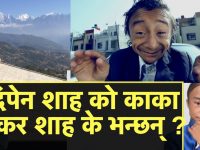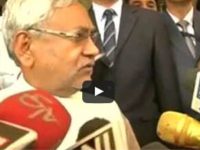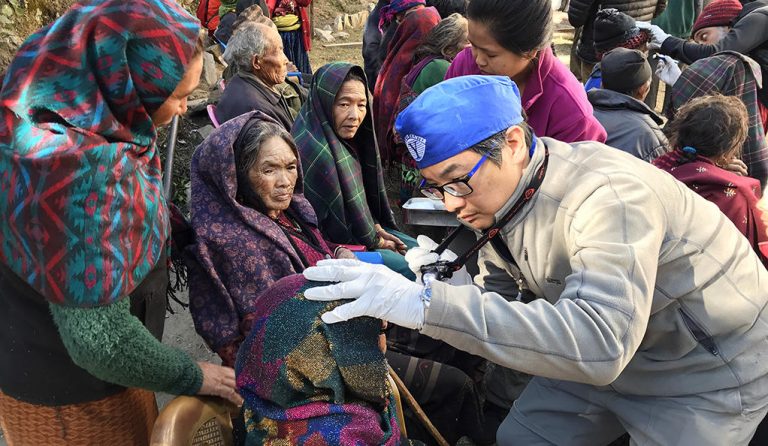Written by Ziba Kashef /Yale News.
For two weeks in December 2017, Yale ophthalmologist Christopher Teng participated in a medical mission to provide free eye care to villagers in Nepal, a country that was devastated by an earthquake just two years prior. The trip was co-sponsored by Operation Restore Vision and Dooley Intermed, nonprofits dedicated to providing vision care in underdeveloped countries. YaleNews talked to Teng about his trip, which involved trekking on foot for two days to reach patients in a remote region of the Himalayan nation that still bore signs of the natural disaster. The following conversation has been edited.
How many years have you been involved with this team of ophthalmologists?
I have been with the team for about seven years. Our first trip was to Nepal in 2011. Since then I’ve returned to Nepal two times and also been to India. We had planned a trip to Nepal in 2015 but they experienced a massive earthquake. On this most recent trip, we went to a region called Gorkha, which was the epicenter of the earthquake.
Why Nepal? What are the eye care needs in the region?
There’s a significant need for eye care in Nepal. They have a few hundred ophthalmologists for a country of roughly 29 million people. A lot of international groups have gone to Nepal, as did Prince Harry, who visited Gorkha in 2016. The region we went to has no electricity; they rely on solar energy and a few portable generators. They rely on solar panels for hot water. The region was completely cut off by the earthquake. In Nepal, they have high altitudes and the exposure to sunlight can predispose people to developing cataracts and other eye-related issues.
So villagers don’t see eye doctors on a regular basis?
No. Most eye doctors are located in larger cities like Kathmandu, the capital. It’s difficult to travel between places, especially in the mountains. On this recent trip, our team took a four-wheel-drive vehicle to the end of a road in Lower Gorkha and then we hiked — they call it trekking — for two days to get to the village of Macchakhola, where we did screenings and performed surgeries. The area was so remote we had to transport our equipment by mule caravan.
How many patients did you see? What were their ailments?
We screened over 800 patients. We had different types of doctors on the trip, from cataract surgeons to oculoplastic specialists, and we partnered with local eye doctors from the Himalaya Eye Hospital. Many of the problems we saw were related to dry eyes, irritation, and allergies. We set up multiple examination stations. First there was a vision check. Our team included six multi-lingual Buddhist monks from Pema Ts’al Sakya monastery in Pokhara, and they were trained to check vision. From there, patients would go to the doctor station where I would evaluate them. If they had allergies or dry eyes, we gave them artificial tear drops or anti-allergy medications. From there, if they needed cataract surgery, we would register them and schedule surgery the next day. We performed over 70 surgeries on this trip.

Tell me about one of the patients.
We saw one patient who was school aged, about 10 years old. She couldn’t see the board at school and she needed glasses, but her family couldn’t afford them. We provided funds for the needed eyeglasses as well as the funds to travel to one of the larger cities, which took them four days round-trip. By the time we left, she came back with the glasses. These are services that villagers would not have been able to access, or even seek, just because of the cost and travel expense.
Another patient had dense bilateral cataracts and was blind. She could not walk on her own without assistance and was homebound. She had bilateral cataract surgery and the next day could walk around independently. She was ecstatic.
What’s the follow up — how will these patients be served now?
Follow up is crucial in humanitarian outreach projects. After surgery, we provided the local healthpost with eye drops and other medicines, and arranged ongoing contact with the Himalaya Eye Hospital for consultation and any urgently needed treatment. Usually patients can get by with one day of follow up after cataract surgery and by taking eye drops. We also saw a baby with congenital glaucoma. Though we didn’t have the ability then to provide surgery to the infant, we arranged and paid for the baby and her mother to be transported to an eye hospital in Kathmandu for treatment.
Where will Operation Restore Vision travel next and when?
Hopefully we’ll be able to go back to Nepal with our colleagues from the Himalaya Eye Hospital. We have also been invited to Morocco and India for outreach ophthalmology projects. Next year, we’re talking about conducting a continuing medical education conference for local eye doctors in Nepal, which will be a great opportunity for educational exchange.
Why do you feel it’s important to be involved in this effort and how does this inform your work at Yale?
I’ve been on a lot of humanitarian medical missions and enjoy doing it. It’s about giving back to underserved populations and people that don’t have access to care. I have a skill set that is relatively transferrable. Often, as ophthalmologists, we can do high-impact surgeries that can profoundly change a patient’s life by restoring their vision. It’s extremely gratifying to have the opportunity to go to places that are less fortunate than we are here and to help people.
Yale has a new Institute for Global Health, an initiative launched by the Schools of Medicine, Nursing, and Public Health. There are a lot of doctors and other professionals at the university doing global projects. I’m excited about being a part of that team and to learn what other Yale doctors are doing around the world.
This article by Ziba Kashef was originally published at Yale News.





